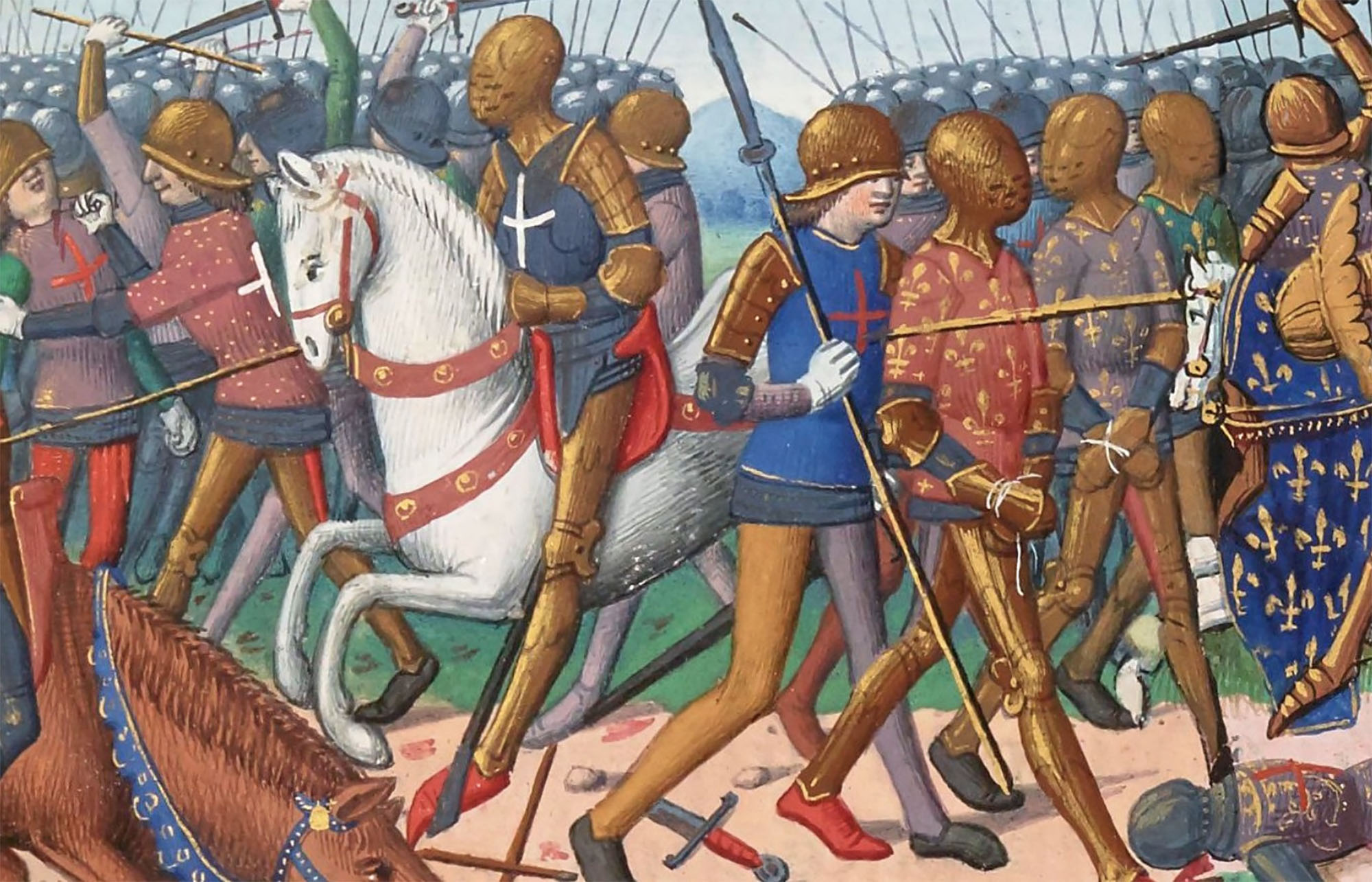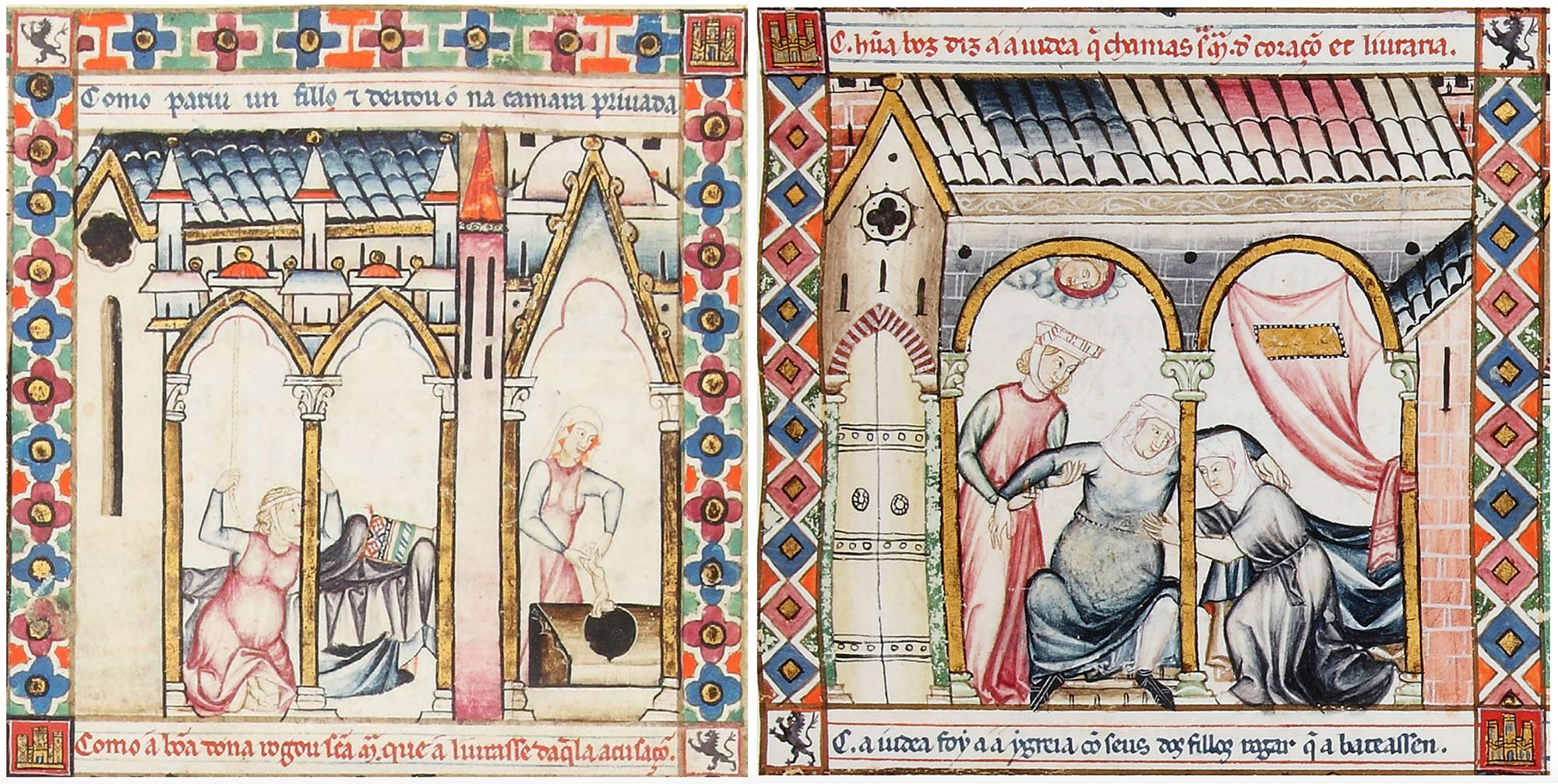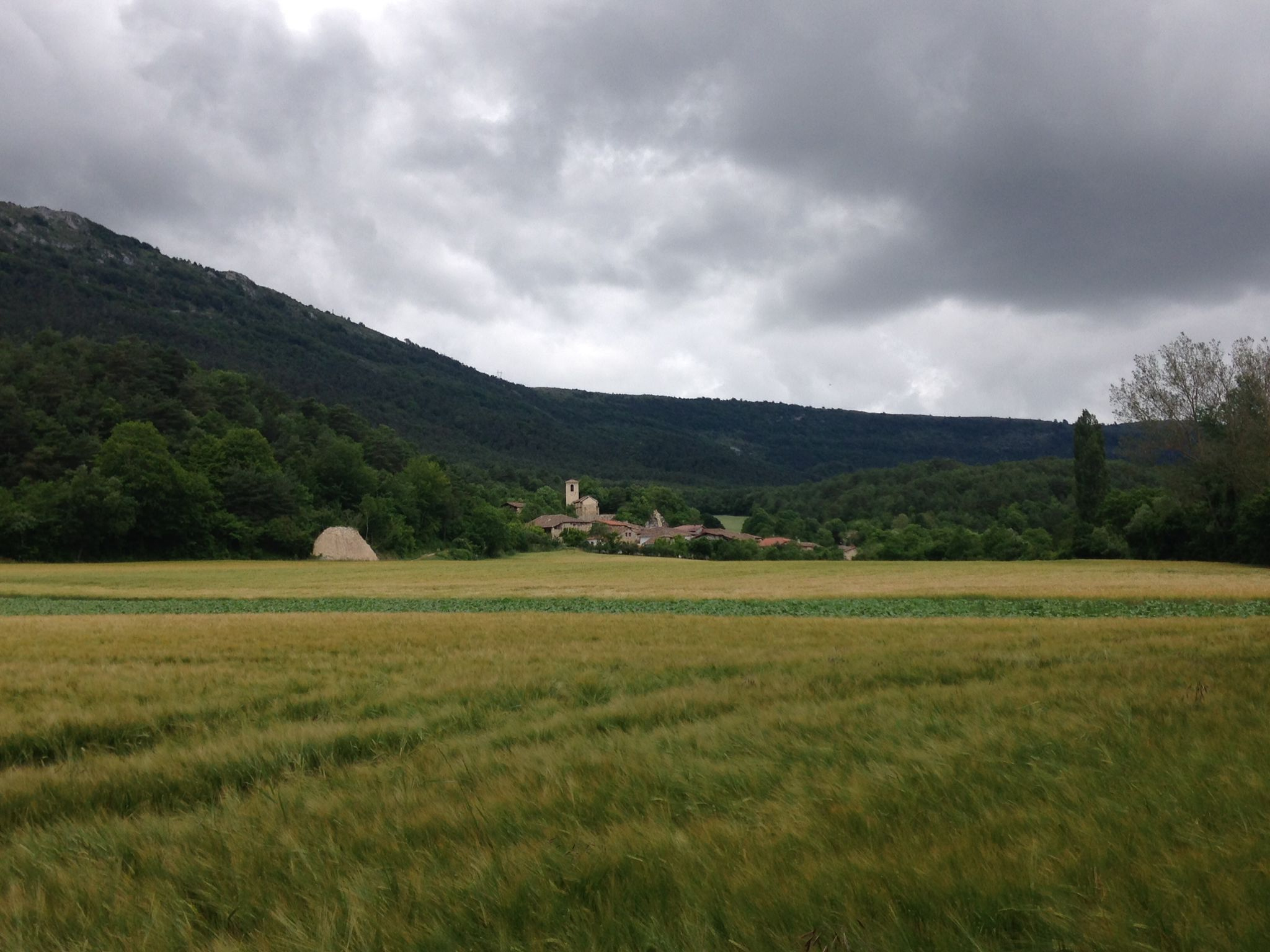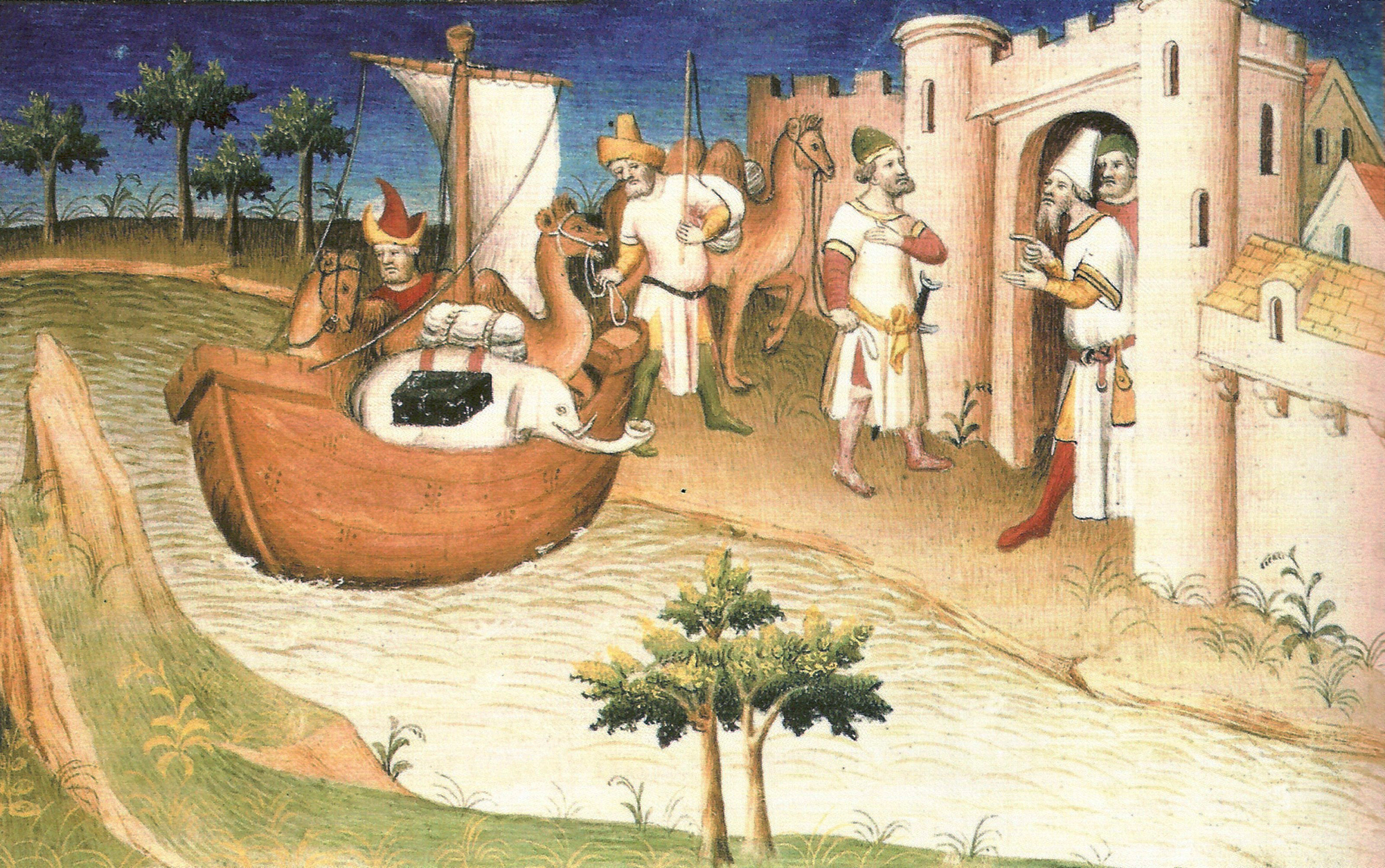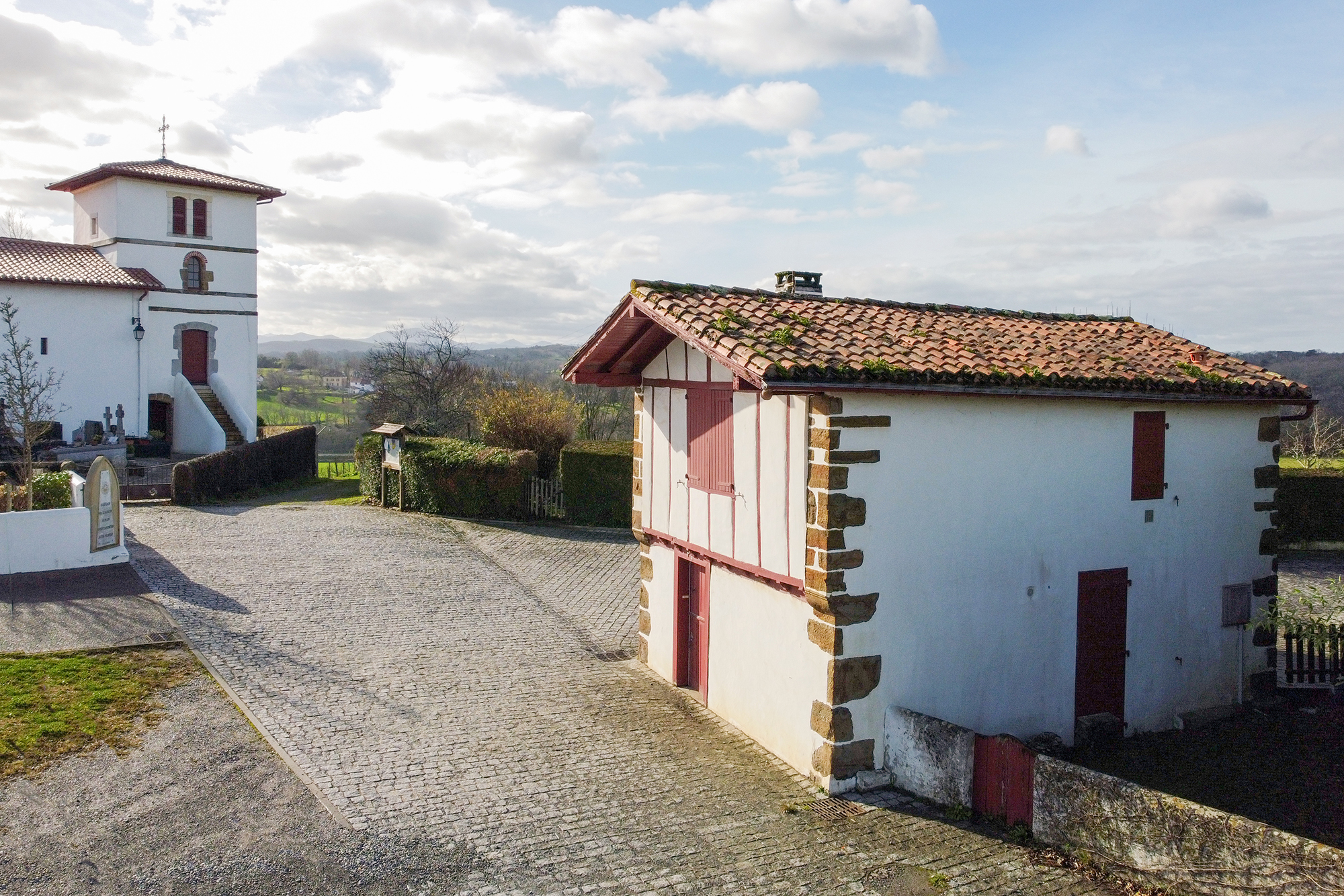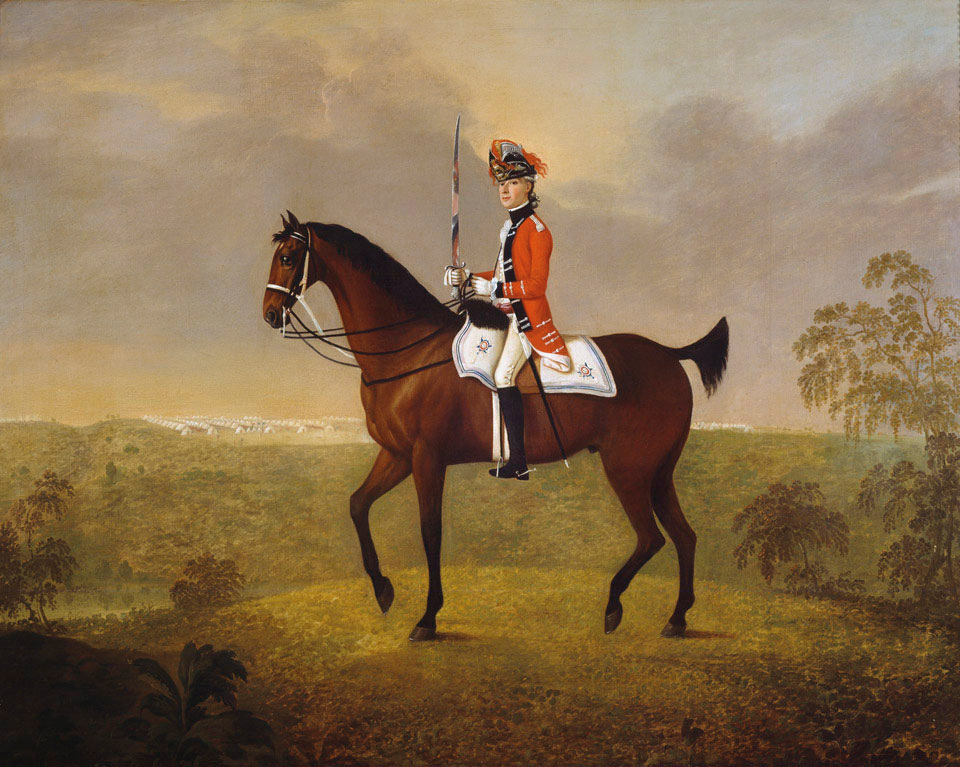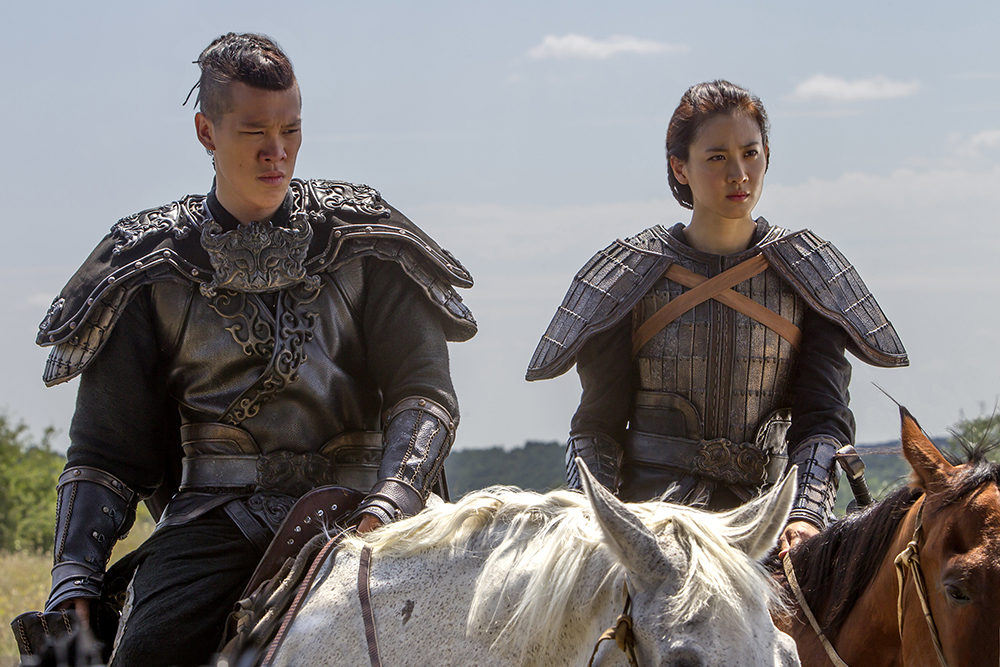The Qur’an returns “freely” in Pamplona
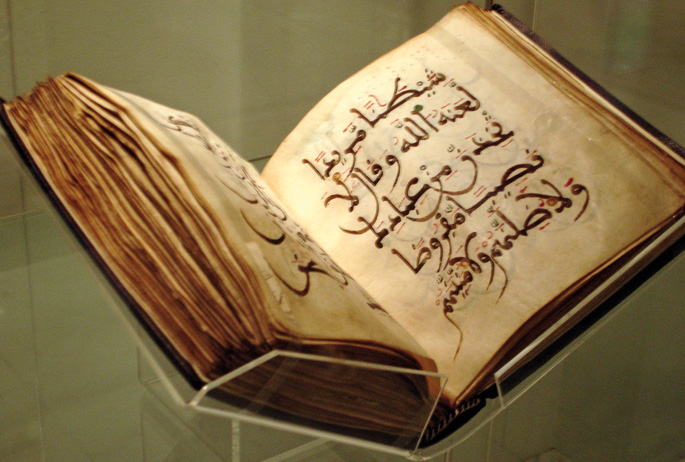
Pamplona 1143. The English theologian, astronomer, translator and Arabic Robert of Ketton (Robertus Ketensis, in Latin) translated the Koran for the first time into Latin. Although we know very little about the early years of his life, it seems that Ketton studied in Paris. In 1134 he embarked on a long journey to the East that would last for four years. It was in the Byzantine Empire, Palestine and Damascus, and later became known as an Arab translator.
For 1141 it was in the Iberian Peninsula, divided between Muslims and Christians, the peninsula was a suitable place for Arab translators. We know that in 1143 he was in Pamplona, where he was named archideacon. In fact, he preferred to translate scientific to theological texts. He knew the work of Euclid and translated the works of Al Battani and Avicena. The Koran was latinized to order.
In 1142 he received the visit of Peter the Venerable, abbot of Cluny. The abate was collecting information about Islam to write Liber against sectam sive haeresim Sarracenorum and paid Ketton to return the Qur'an.
The translator did not make a faithful translation of the text, not by negligence, but with intent. The title of this first Latin version clearly shows that the intention of the translation was to underestimate Islam: Lex Mahumet pseudoprophete (law of the false prophet Muhammad). Exaggerating the harmless details and giving a cruel and obscene tone, he completed an absolutely negative interpretation of the Koran.
In 1157 he was named Tudela Canon and little is known about the last years of Ketton. But his translation had a long shadow. When in the following centuries the Qur'an was translated into European languages, the Ketton version was taken as the basis and not the original one. For example, in 1547 Andrea Arrivabe used the translation of Ketton to give the Quran in Italian, in 1616 Salomon Schweigger based the first translation in German and later, the Dutch version of the German version. Thus, this false translation made in Pamplona has influenced for centuries the image that the West has had of Islam.
Zamora, late 10th century. On the banks of the Douro River and outside the city walls the church of Santiago de los Caballeros was built. The inside capitals of the church depict varied scenes with sexual content: an orgy, a naked woman holding the penis of a man… in the... [+]
In the fall of 1415 the battle of Agrincourt erupted between England and France, one of the most decisive wars of the Hundred Years War. To this end, when Henry V, king of England and lord of Ireland, decided to send his army to France that summer, the soldiers landed on the... [+]
Toledo, 1272-1280. Alfonso X of Castile gathered 427 monomedical songs dedicated to the Virgin. The Cantigas de Santa Maria constitute one of the most important musical and literary collections of the Middle Ages, but being decorated with the miniature cantiga, these... [+]
The European Middle Ages are generally depicted as a dark era. We relate it to delay, violence, belief and tyranny. Those who lived that time are considered barbaric and ignorant. Its name is also significant, because it is contemptible: as a time of little importance that... [+]
Venice, 24 April 1459. The monk and cartographer Fra Mauro finished the map of his world in his cartography workshop in the monastery of San Michele in Murano. This work was done on behalf of the Portuguese king Alfonso V.aren and, once the map was completed, it was sent to... [+]
Rome, April 1215. IV. In the Council, the Catholic Church prohibited the surgery of priests and monks, among others. Also in previous councils, Reimsen and Tours, they worked on the issue, arguing that only legataries had to deal with saving souls and that they had to avoid the... [+]
Venice, 8 January 1324. The famous traveler and merchant Marco Polo died at the age of 70. About to die, the people gathered in the area asked him to recognize that what was told in the book Description of the World was a fiction, but the last words of the traveler were: “I... [+]
Até agora considerouse que os estribos e celos fundamentais para o uso dos cabalos inventáronse en China cara aos séculos V ou VIN. Pero na cova de Urd Ulaan Unet, en Mongolia, atópase máis antigo, do século IV. O bidueiro da zona está feito de madeira, polo que non é... [+]













